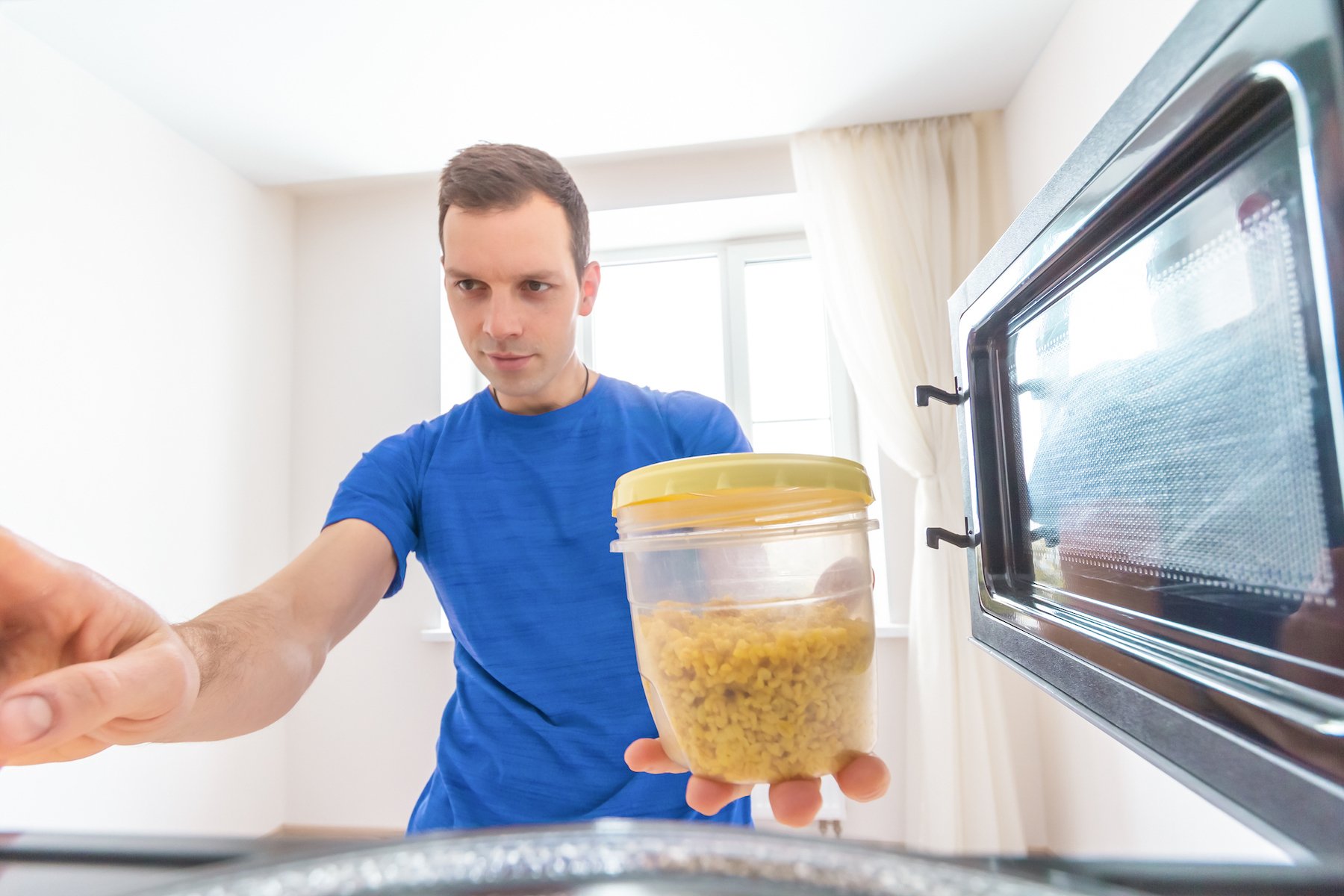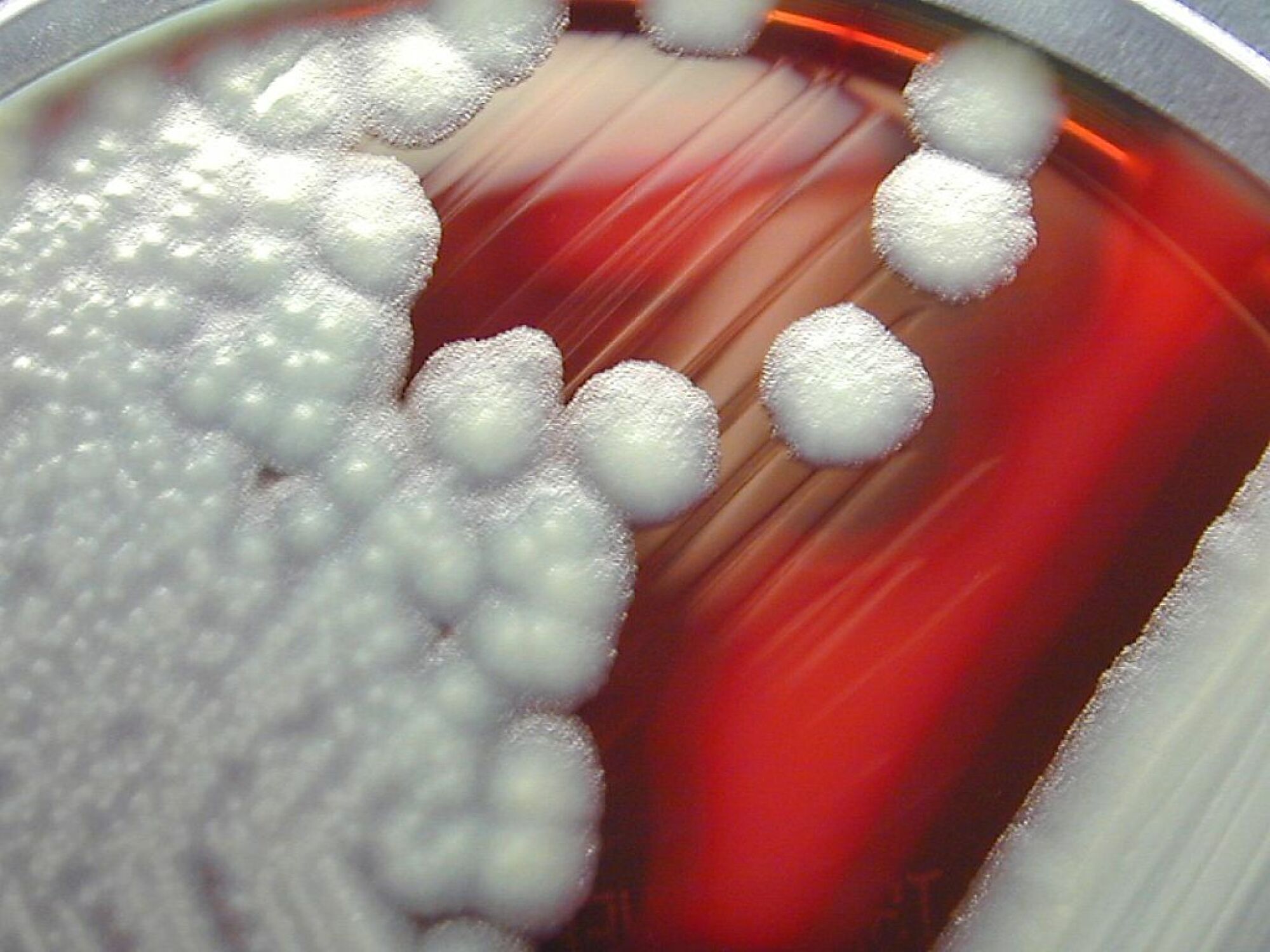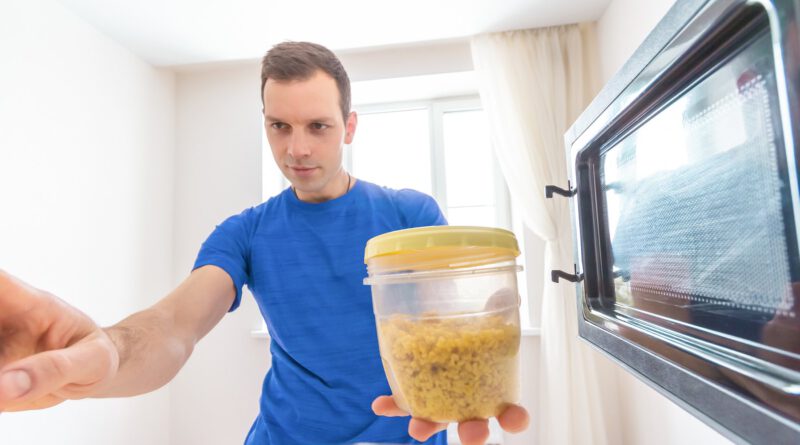The internet is freaking out about reheated rice. Should you be worried?

Food poisoning – we’ve probably all had it, and don’t ever want to get it again. Now it seems the internet has a new strategy for avoiding it: never eat reheated rice.
“Being a med student means never being able to comfortably reheat rice ever again,” Janny Garcia, a TikToker and second-year medical student, captioned a viral TikTok of microwaving rice.
Another TikTok video made by the account for recipe website Food52 stitched the video, with food editor Em Ziemski adding that this type of food poisoning could be very serious. “Hospital workers say it’s some of the worst cases of food poisoning they’ve ever seen,” Em says in the post. “It can lead to death.”
As users on X, formerly known as Twitter, added their own stories to Em’s comments, it seemed that reheated rice was on its way to being canceled, for the good of our stomachs and lives. But is “reheated rice syndrome” really that dangerous? We asked food safety experts, who told us everything you need to know to not accidentally get sick from your leftover rice.
How reheated rice can make you sick
The type of food poisoning that you usually get from reheated rice is from a bacteria called Bacillus Cereus, or B. cereus, which in the balmy, damp environment of warm rice, releases its particular toxin.
“Bacillus cereus is unique in the bacterial world,” Keith Schneider, a professor in the Department of Food Science and Nutrition at the University of Florida, told Mashable. “It’s one of the few bacteria that is a spore-forming microorganism.”
While the heat from microwaving your leftovers will kill most illness-causing bacteria in food, B. cereus spores are heat-resistant, said Schneider. So simply trying to fry the lingering bacteria won’t help you.

B. Cereus grows best between 39 degrees Fahrenheit (4 degrees Celsius) and 118 degrees Fahrenheit (48 degrees Celsius), according to the FDA. Once the bacteria has colonized your meal, it becomes quite difficult to get rid of these spores.
“Heat-resistant endospores of this bacteria are more likely to survive cooking and start growing again (germinate) when the food is cooled gradually over an extended period of time,” Kalmia Kniel, a professor and associate chair of the department of Animal and Food Sciences at the University of Delaware, told Mashable.
How to avoid “reheated rice syndrome”
Despite the hardiness of its spores, getting poisoned by B. cereus isn’t an inevitable part of eating leftover rice. There are a few simple steps you can take that usually prevent the bacteria’s spores from invading your body, starting by cooking your rice properly, said Schneider.
“Then, don’t let it sit out on the counter for more than two hours,” he said. Leaving the warm rice out at room temperature is what gives the B. cereus bacteria the opportunity to get into the food and start establishing itself.
“Don’t let it sit out on the counter for more than two hours”
Likewise, cooling your rice quickly by putting it in the refrigerator directly or shortly after it is cooked keeps the bacteria from germinating, said Kniel.
Another way to prevent B. cereus contamination is to make your rice more acidic, said Shneider. Just as B. cereus can’t germinate in the cold, it also can’t invade foods that are too acidic. Adding rice wine vinegar to sushi rice is one way to do this, he said. In fact, he added, improperly prepared sushi rice that has been sitting out at room temperature can be more of a food safety hazard than the raw fish in sushi.
How serious is fooding poisoning from B. cereus?
Despite your best efforts, B. cereus might still make you sick. Foods like sushi and fried rice could be the culprit, but so could several other foods, including pasta, meats, and sauces.
There are two main types of B. cereus food poisoning – the emetic type, which means it causes vomiting, and the diarrheal type. While the emetic type is caused by consuming the spores in food, the diarrheal type is usually caused by B. cereus growing in the small intestine, said Kniel.
“Just be cautious.”
Regardless of which type you get, you shouldn’t be too concerned, Elliot Ryser, a professor emeritus of Food Science and Human Nutrition at Michigan State University, told Mashable. While it’s true that you can be hospitalized and, theoretically, die from B. cereus food poisoning, it’s very uncommon. Pregnant people, the very young and very old, and people who are immune-compromised are more vulnerable to B. cereus poisoning.
Still, according to the CDC, of the 63,000 cases of B. cereus food poisoning reported between 2000 and 2008, there were only 20 hospitalizations and no deaths. A 2023 study that looked at B. cereus in China found more hospitalizations, over 2,000, between 2010 and 2020, but still documented only five fatalities. If you do get sick, just make sure to drink lots of water, said Kniel, and you’ll likely be fine. And as long as you store your rice correctly, you may never have to deal with B. cereus in the first place.
“Just be cautious,” said Ryser.

